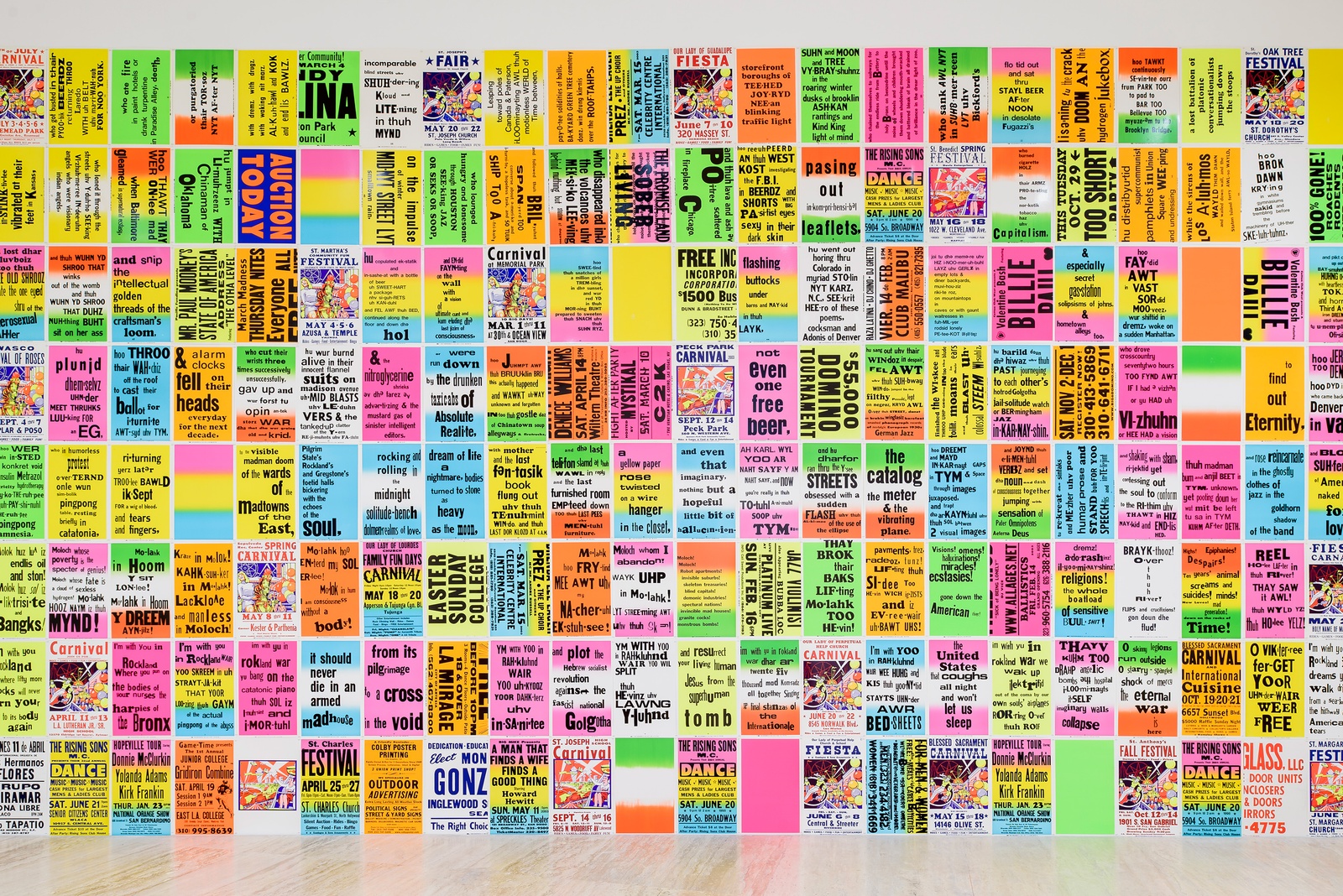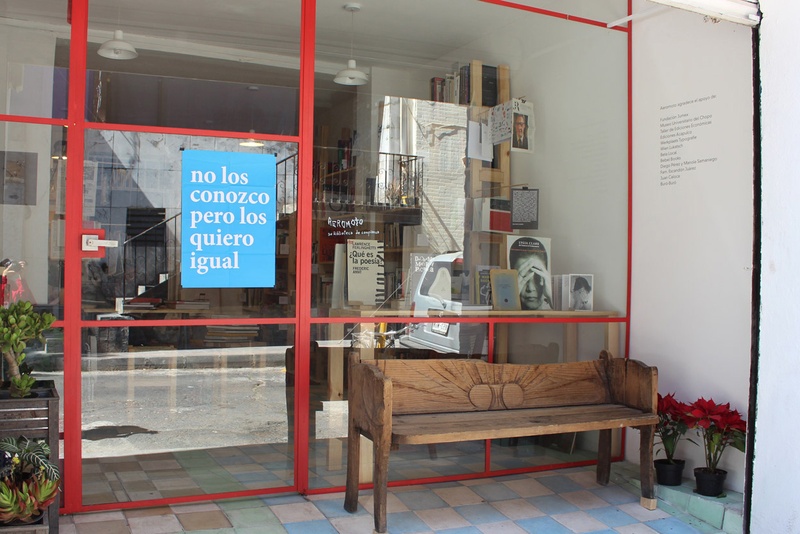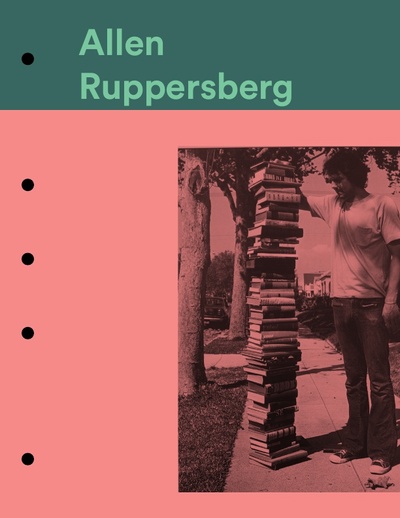
With What is a Print? Museo Jumex initiates an exhibition series, In Focus, devoted to the study of different aspects of the collection through diverse exhibition formats, including the presentation of works by a single artist. On this occasion, the work of Allen Ruppersberg is the object of this curatorial exercise. The Colección Jumex has a significant representation of his work, which includes important recent installations, making it thus possible for the museum to present a wide-ranging overview of his production in the past two decades. The focus on specific bodies of work by a single artist represented in the collection provides an opportunity to engage with some of the material and conceptual operations in the work of the artist, while at the same time mapping the art-historical contexts in which the artist’s practice is inscribed. In this particular case, through the presentation of Ruppersberg’s works in the collection, the exhibition addresses the singular role that graphic work and the printed medium have played in the development of the formal and conceptual vocabularies of contemporary art.
Allen Ruppersberg: What is a Print?
Allen Ruppersberg was born in Cleveland, Ohio in 1944. He studied art at the Chouinard Art Institute in Los Angeles, California, today known as CalArts, a hotbed for the Southern California Conceptual art scene. Early on he manifested a profound interest in popular culture and everyday life, producing works that seek to highlight our experience of the commonplace. The democratization of the art object and of the aesthetic experience are central in Ruppersberg’s production, and constitute the organizing principle behind a vast body of works produced since the mid-1960s.
Acutely aware of his position in a system where art objects are ultimately destined to be collected and exhibited in a museum, and in the context of high-culture, Ruppersberg has repeatedly stated his interest in the ephemeral by taking on the role of a collector; of postcards, magazines, newspaper clippings, posters, calendars, popular literature, obituaries, and memorabilia. His passion for the ephemeral at the same time reveals a long-standing interest in popular culture, oral traditions and histories, the relation between the original and the copy, among other issues.
The title of this exhibition refers precisely to the extensive use that Ruppersberg has made of the printed medium throughout almost 5 decades of artistic production, and includes a series of works in the Jumex Collection in which printed matter plays a fundamental role. The work that gives the title to the exhibition, What is a Print? (2000), contains a series of reflections by the artist on the printed medium, which are expressed through a series of questions such as: why are there so many copies of the same work? Where is the original? What is an edition? At the same time, these questions shape the organization of the exhibition which shows the manifold ways in which the artist deploys the multiple functions and possibilities of the printed medium.
This group of works in the Jumex Collection thus affords us entry into the singular and complex production of a collector with a passion for popular culture, for whom the printed medium has been instrumental to the development of his artistic practice. A chance encounter with the postcard collection of photographer Walker Evans at the Metropolitan Museum of Art once prompted Ruppersberg to ask himself: “where have I learned this vocabulary of the ordinary?” In the same way, an encounter with Ruppersberg’s work invites us to appreciate the beauty and poetics of the commonplace and, in the process, to learn its vocabulary.
- Ruppersberg, Allen














